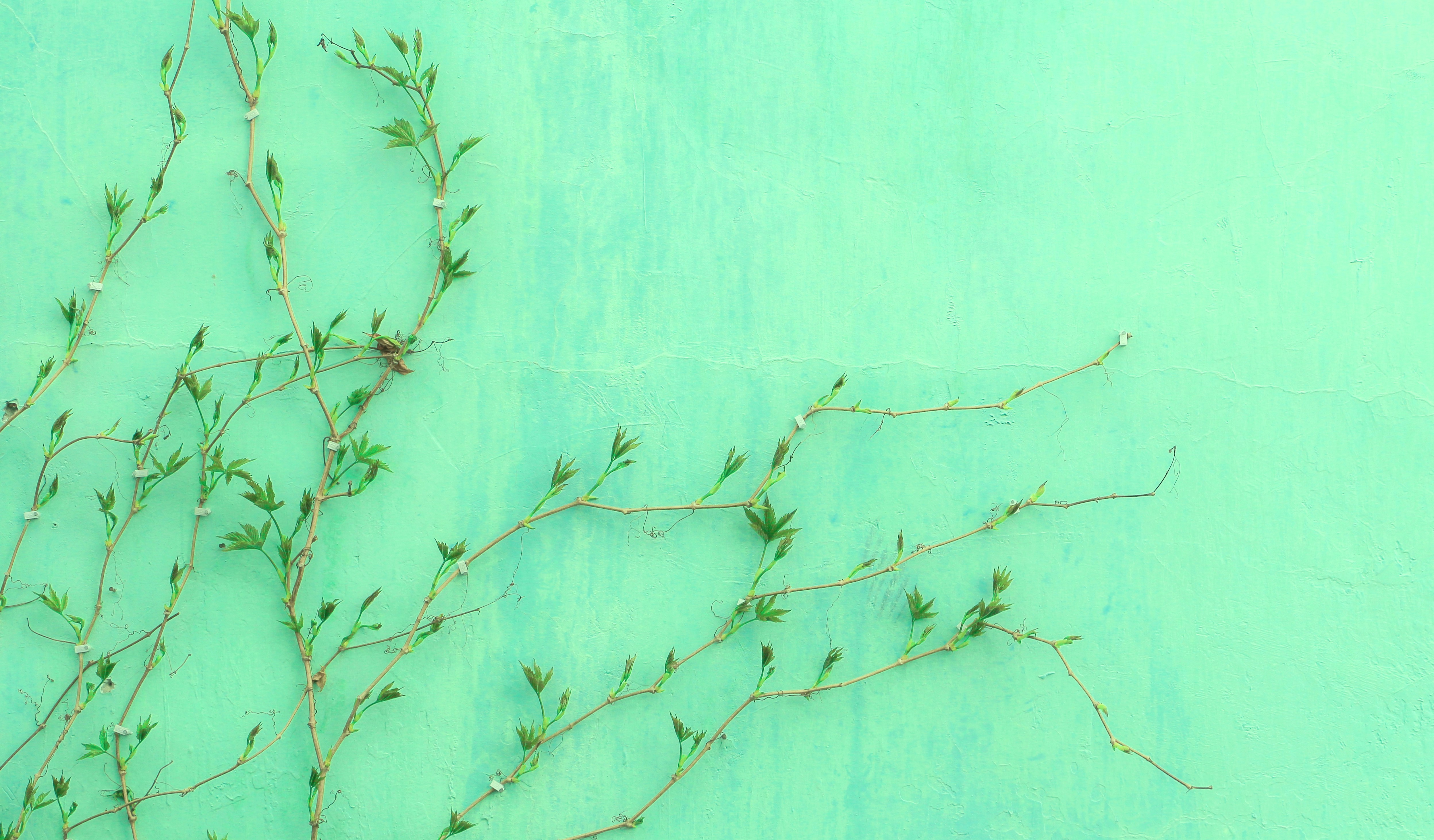
Astronaut Captures Vibrant Green Aurora From Space
2025-04-08



Astronaut Captures Vibrant Green Aurora From Space
Have you ever dreamt of witnessing the breathtaking beauty of the Northern Lights from space? Thanks to the incredible advancements in technology, we now have the privilege of seeing these natural wonders through the eyes of astronauts aboard the International Space Station (ISS). Recently, astronaut Christina Koch captured a mesmerizing image of a vibrant green aurora dancing across the night sky, providing us with a unique perspective of this celestial phenomenon. In this blog post, we will explore the art of capturing auroras from space, offering practical tips for photographers who wish to capture their own stunning images of these otherworldly lights.
Introduction to Auroras
Auroras, also known as the Northern and Southern Lights, are natural light displays that occur in the Earth's polar regions. These colorful and ethereal lights are created when charged particles from the sun collide with the Earth's atmosphere, creating a stunning visual spectacle. Auroras can appear in a variety of colors, including green, red, blue, and purple, with green being the most common color seen from space.
Practical Tips for Capturing Auroras from Space
1. Use a High-Quality Camera
When capturing auroras from space, it is essential to use a high-quality camera that can capture the intricate details and vibrant colors of the lights. Consider investing in a DSLR or mirrorless camera with a wide-angle lens to capture the expansive beauty of the auroras.
2. Set a Long Exposure Time
To capture the dynamic movement of auroras, set your camera to a long exposure time of at least 10-30 seconds. This will allow you to capture the subtle shifts and patterns of the lights as they dance across the night sky.
3. Adjust the ISO and Aperture Settings
Experiment with different ISO and aperture settings to achieve the perfect balance of exposure and sharpness in your aurora images. A low ISO setting (around 100-400) and a wide aperture (f/2.8 or lower) can help capture the vivid colors and intricate details of the lights.
4. Find a Dark and Clear Sky
When photographing auroras from space, it is crucial to find a location with minimal light pollution and a clear view of the night sky. Look for remote locations with dark skies and minimal atmospheric interference to capture the full beauty of the auroras.
5. Experiment with Composition
Get creative with your composition when capturing auroras from space. Consider incorporating elements such as silhouetted trees, mountains, or buildings to add depth and interest to your images. Experiment with different angles and perspectives to create unique and compelling compositions.
6. Edit with Care
When editing your aurora images, be sure to enhance the colors and contrast while maintaining the natural beauty of the lights. Avoid over-editing or altering the colors too drastically, as this can detract from the authenticity and magic of the auroras.
Conclusion
Capturing auroras from space is a once-in-a-lifetime opportunity that allows photographers to witness the beauty and wonder of these celestial lights from a unique perspective. By following these practical tips and techniques, photographers can capture stunning images of auroras that showcase the vibrant colors and dynamic movement of these natural phenomena. Whether you are an amateur photographer or a seasoned professional, capturing auroras from space is a truly magical and awe-inspiring experience that will leave you breathless and inspired.
So, grab your camera, head to a dark and clear sky, and prepare to witness the mesmerizing beauty of auroras from space. Happy shooting!